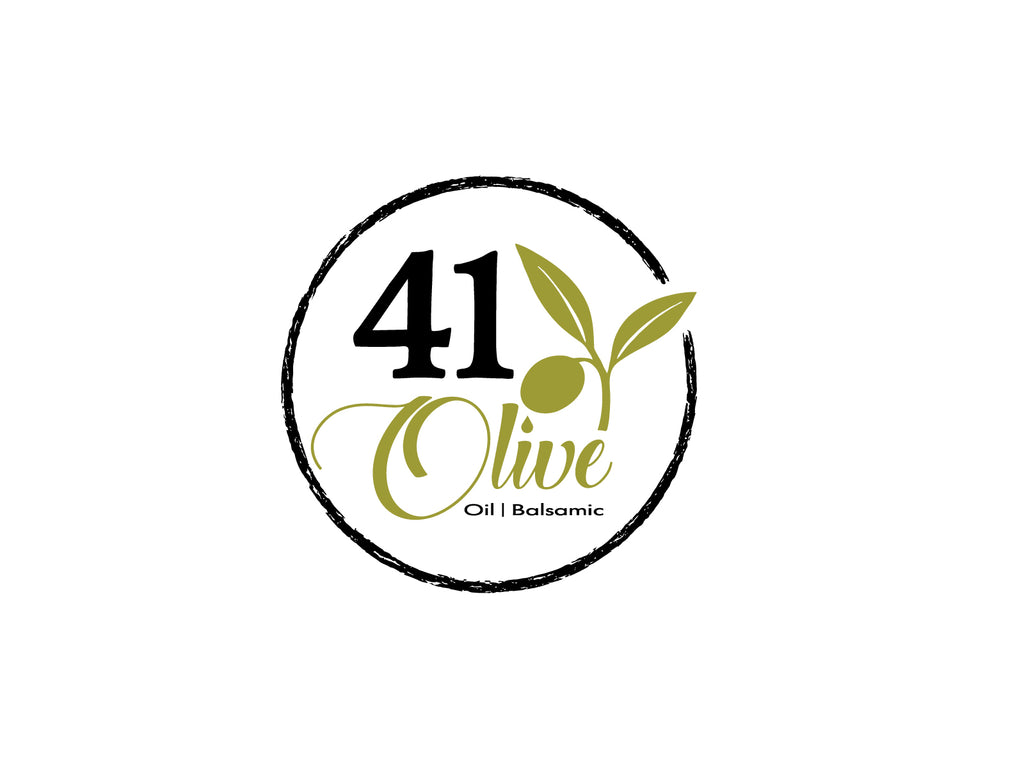The Many Reasons To Use Olive Oil In Your Everyday Diet
Olive oil is at the heart of the Mediterranean diet. It is not surprising that more than 90% of the world's production of olive oil happens in three Mediterranean countries: Spain (55%), Italy (25%) and Greece (15 percent ). While olive oil -- like other vegetables oils -- is used for cooking, extra-virgin olive oil or"EVOO" is used in its natural state to add flavor to salads and vegetables.
There are many ways that olive trees are harvested and converted to extra virgin olive oil, but the method is generally the same at most manufacturers. The olives are collected by hand (very traditional) or more frequently by mechanical means. The olives are stripped of leaves and twigs and then mashed into a paste. The oil is then extracted from the concentrated paste through centrifugal force or by pressure.
While the International Olive Council sets the minimum standards to classify olive oil, extra virgin olive oil is regarded as close to the natural taste of olives, because the olives are harvested and processed by mechanical means (no heat) to preserve the flavor.
WHY EXTRA VIRGIN OLIVE OIL?
As indicated above, extra virgin olive oil tends to retain its"fruitiness" and flavor because only the best and defect free olives are used it is produced using completely mechanical means. While extra virgin olive oil can -- and is -- used in cooking, the price differential between EVOO and olive oil or other vegetable oil replacements is substantial.
In general, most home and restaurant chefs use EVOO to flavor salads and vegetables. In fact, many fine restaurants serve extra virgin olive oil with bread rather than butter. Other vegetables oils tend to have a higher"smoking" temperature than olive oil and often operate more effectively as cooking oils.
TASTE AND VARIETIES OF OLIVES
Similar to wine, the taste of olive oil varies depending on the variety of grape and extraneous factors like soil and the weather on various crops. For instance, many Italians will argue that the olive oil from Sicily or some small manufacturer in Liguria is the"best," but conditions change from year to year and you cannot be certain that next year's harvest will produce an olive oil that tastes identical to the one before it.
To maintain a similar taste profile from year to year and -- more importantly -- to insure sufficient quantity, manufacturers may blend several varieties from the same area. In many cases, this process also helps extends the shelf-life of the product.
The Extra Virgin Alliance sites some 28 olive varieties that are commonly used in the creation of EVOO around the world. Olive oils that tend to have a higher level of polyphenols tend to be a little more bitter and strong in taste.
While Europeans will often opt for a more pungent taste profile, the American consumer will prefer something less powerful. The same olive oil will taste differently at a salad than when tasted with bread, so it is wise to experiment to determine which brand or olive variety offers you the best flavor profile.
